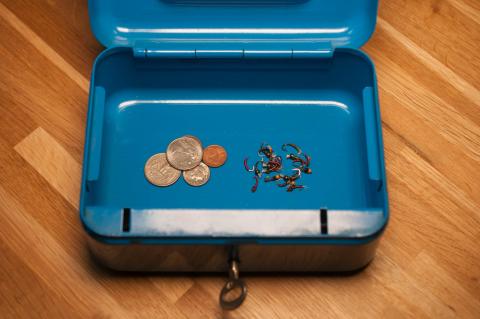One of the differences is, that the Kvennan stretch is upstream of major damming. So, the waterlevel is more predictable than the Koppang part of the river. Another difference is, that the Kvennan stretch is not as wide as it is in the Koppang region. And in the Koppang area the motorroad is (on an averige) not as close to the river as it is in the Kvennan area. Whether the "fly only" zone really is an advantage for flyfishers remains to be seen...... From extensive personal experience I know, that the stretch of river in the Koppang area is really far form crowded by fisherman. So, good fishing spots are relatively easy to be found. On top of that: graylins is abundand in the stretch of river between Atna and Koppang. Exemplars of over 40 cm. ar far from rare......As for me, there is and preference for the Koppang area. But that is just a personal opinion......... This also has to do with the difference in landscape; the Koppang area could be described as more "rocky" and somewhat more attractive. Oh and the Kvennan area is about 130 kms north from Koppang. If you like travelling by public transport, it will be great! So, all in all, my preference is clear enough. But you Stefan has to decide for yourself.
Kind regards,
Hans
- Log in to post comments

